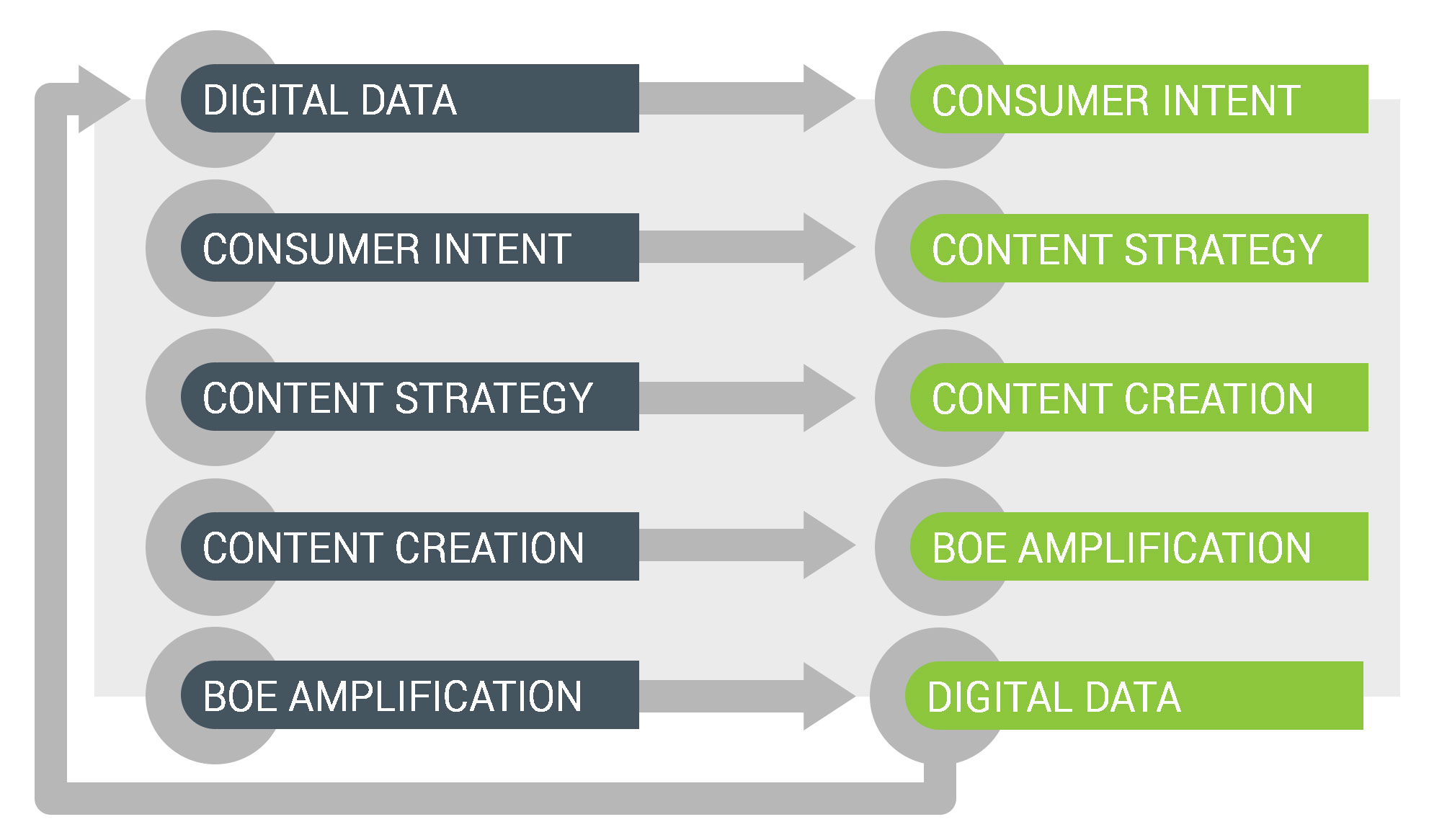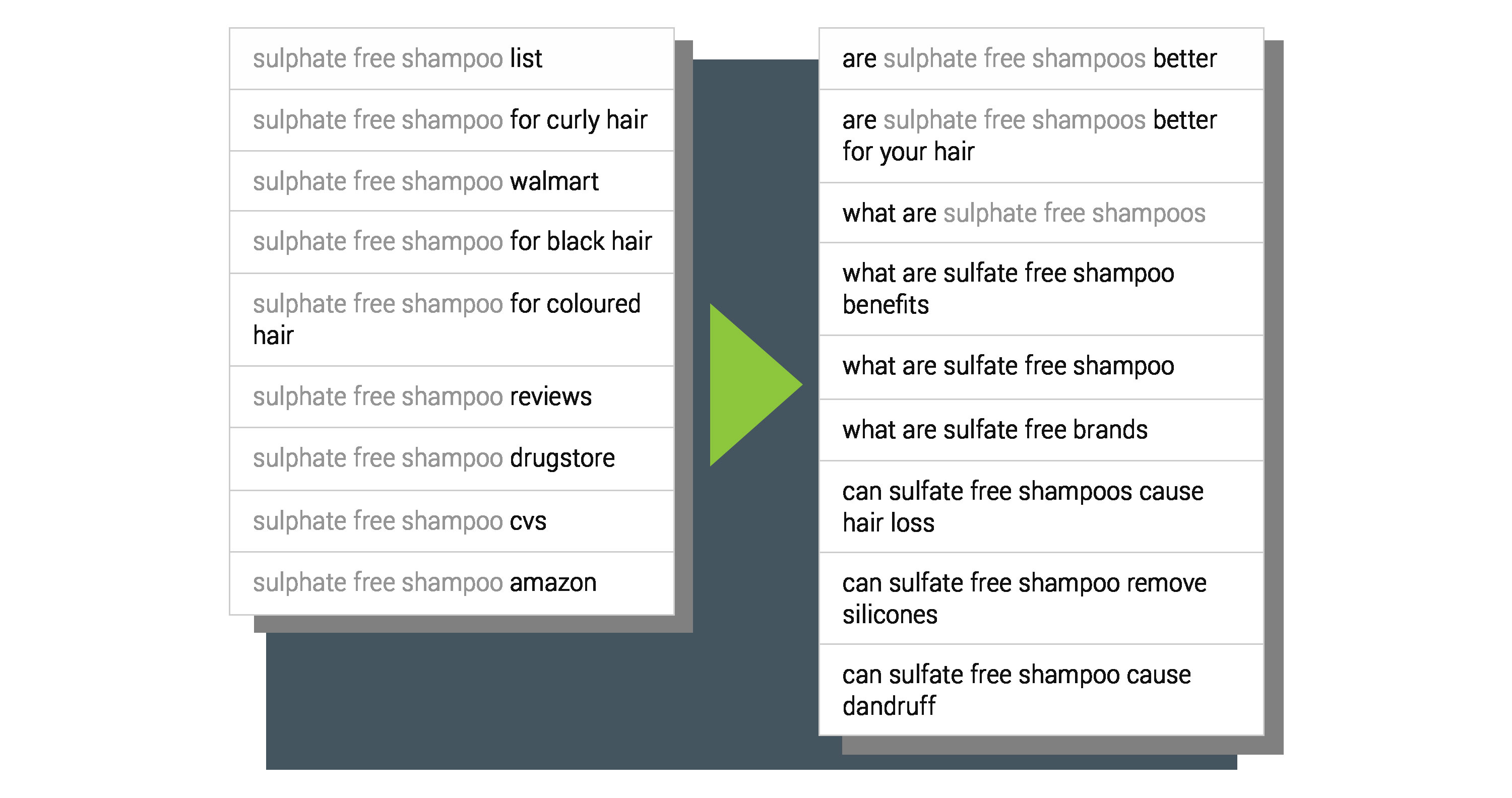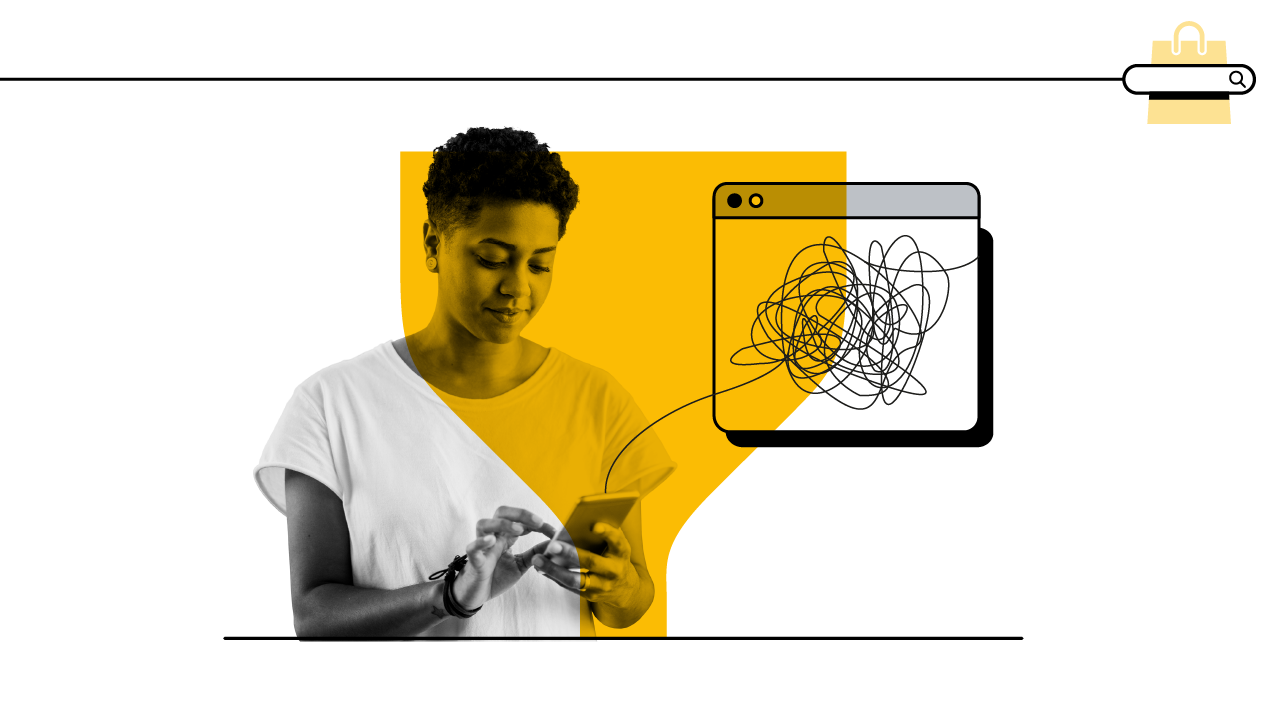Probably the biggest change in media planning over the past few years has been access to audience level data, and the ability to activate that data through programmatic methods. Inspired by these new data sets, audience understanding now underpins every aspect of our work, bringing planning and activation ever closer together, enhancing creative and content performance, and ultimately delivering improved business results for marketers.
Using data to understand consumer intent
Using data to truly understand consumers is the starting point for all of this. It’s critical that we learn not just who our customers are, but their behaviours, motivations, and intent. And digital data provides especially rich signals that allow us to understand intent. Typically, we start by using 1st party data sources like website analytics or CRM to observe existing consumer patterns, and then combine this with 3rd party sources that allow us to see signals such as likely purchase intent or financial standing.
Digital data fuels effective media planning

Some of the richest intent signals we have come from search and social data. We know from Google’s own data that people are asking more questions of search engines, and that searches for terms such as “how” or “what” are experiencing huge growth. By mining these questions from Google, we have access to a unique way to understand intent. Take a term like “Sulphate free shampoo”; if we look simply at keyword searches, this offers limited insight, but looking at the questions consumers ask about this product feature allows us to better understand key areas of interest, concern, and likely intent.
From rich consumer understanding to data driven strategy and execution
This detailed picture of consumer behaviour, needs, and intent then provides excellent insight into strategy and execution. What is the type of content and communication that is most likely to resonate with each group of consumers? Which media channels and devices will be most appropriate, and at what moment will our communication will have the greatest impact? A good example of consumer understanding taken all the way through to strategy and data driven execution is the “Flight Cancellations” campaign for Hilton Hotels in the US. Anticipating that consumers might have an urgent need for a hotel when their flight had been cancelled, iProspect US used flight cancellation data to optimise mobile search for Hilton hotels in relevant locations, automatically upweighting bids and budgets to maximise campaign performance. This unique matching of an external data source, with an understanding of a key consumer moment of need, delivered significant improvements in campaign performance.
A focus on content and messaging fuelled by consumer understanding is, of course, not just relevant to paid media executions. Inbound marketing company Hubspot suggests that personalised website landing pages and website experiences are 42% more effective than generic landing pages targeted at all users. Consumer data can also help enhance the creative message itself. By creating multiple iterations of the same overall message and analysing consumer response, we can adapt and hone messaging, to ensure it delivers greater effectiveness. This approach is used every day in search marketing, but we’re now able to quickly and cost-effectively apply that same test and learn approach to more visual media such as social and display. In a recently example, Argentinian electronics retailer Fravega created and executed over 200 paid social ads, to explore how consumers respond to different combinations of imagery, messaging, and context, and are now using this data to influence future creative.
Keyword searches vs. question-based searches "sulphate free shampoo”

Data driven activation and optimisation
Of course, consumers today are exposed to many messages, across multiple media channels, formats, and devices. Because of this, data has become critical in allowing us to plot how customer journeys are constructed, and to understand the value of each touchpoint along the way. In this fashion, we’re starting to move from pure channel based optimisation to attribution led optimisation, based on a more accurate understanding of the various moments involved in the journey from first exposure to final conversion.
Better understanding, better experiences
Every year, the number of social, search, and messaging touch points in the digital world gets bigger, producing more and more data to help us unravel the question of who our customers are. At the same time, we have more and more tools helping us make sense of the data. The picture is still a long way from complete, but at the heart of this effort is a desire to understand our customers more fully so that we can provide them with better experiences - and for me, that’s a hugely exciting goal to be working towards!







